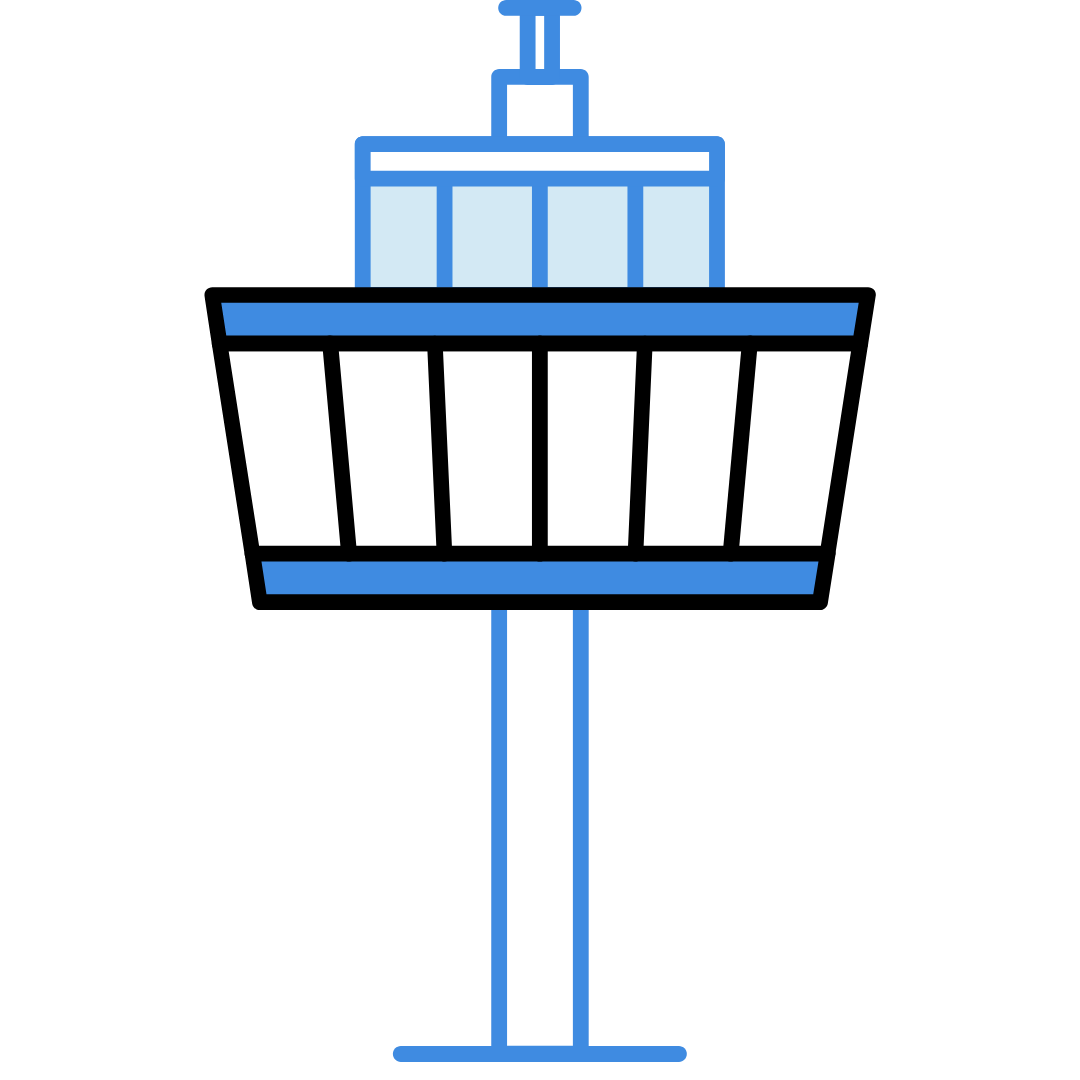The Drone Rules 2021
India’s Ministry of Civil Aviation has released a new set of drone laws and regulations for anyone operating an unmanned aircraft system in India. So, what do pilots need to know about the 2021 India drone rules?
What kind of permits or licenses do drone pilots need? Is there any age limit to drone flying? Which are the prohibited areas where you cannot operate a drone in India? Is drone delivery legal in the country? What do the penalties for non-compliance look like? This article explores all that and more…
The first thing to know is that if any liability arises because of any damage to a person or property, the drone operator is held accountable. Therefore, it is extremely important to fly responsibly, operate only a legal and compliant drone, and ensure that you are following the government’s rules to the letter while flying.
Drone Certification

General. — No person shall operate a drone in India unless it conforms to a certificate of airworthiness or is exempted from the requirement for a certificate of airworthiness under these rules.
Certification entities. – The Quality Council of India or a certification entity authorised by the Quality Council of India or the Central Government may issue a certificate of airworthiness for any particular type of drone, on an application filed by a manufacturer or importer of that type of drone on the digital sky platform, if
such a type of drone meets the specified certification standards.
Certification standards. – On the recommendation of the Quality Council of India, the Central Government may specify the standards for obtaining a certificate
of airworthiness for drones. These standards may promote the use of made-in India technologies, designs, components, and drones; and India’s regional navigation satellite system named Navigation with Indian Constellation (NavIC).
Procedure for application. – Any manufacturer or importer seeking a certificate of airworthiness shall apply through Form D-1 on the digital sky platform, to Quality
Council of India or any other certification entity authorized these rules, providing the following:
(a) Name, contact details, and GSTIN of the applicant;
(b) Details and required documents in respect of the prototype drone;
(c) Proof of payment of the prescribed fees; and
(d) Prototype drone that shall be physically handed over to the certification entity.
Mandatory safety features. – (1) The Central Government shall notify safety features to be installed on a drone by the person owning the drone.
(2) All persons owning a drone shall adopt the said safety features within such period as may be specified by the Central Government, which shall not be less than six months from the date of such notification. Such safety features, that may be
notified in future, may include as under –
(a) ‘No Permission – No Takeoff’ (NPNT) hardware and firmware;
(b) Real-time tracking beacon that communicates the drone’s location, altitude, speed, and unique identification number; and
(c) Geo-fencing capability.
Exemptions. — No certificate of airworthiness shall be required for manufacturing, importing, or operating a –
(a) prototype drone for the purpose of research and development;
(b) prototype drone for obtaining a certificate of airworthiness; and
(c) nano drone.
No-Fly Zones in India for Drone Operations

In India, no drone shall be flown:
- Within a distance of 5 km from the perimeter of international airports at Mumbai, Delhi, Chennai, Kolkata, Bengaluru, and Hyderabad
- Within a distance of 3 km from the perimeter of any civil, private, or defense airports
- Within 25 km from the international border which includes Line of Control (LoC), Line of Actual Control (LAC), and Actual Ground Position Line (AGPL)
- Within 3 km from the perimeter of military installations/facilities without clearance
- Within 5 km radius from Vijay Chowk in Delhi
- Within 2 km from the perimeter of strategic locations/vital installations notified by the Ministry of Home Affairs, unless clearance is obtained
- Within a 3 km radius of State Secretariat Complex in State Capitals
- Beyond 500 mt (horizontal) into the sea from the coastline, provided the location of the ground station is on a fixed platform on land
- From a moving vehicle or ship or any kind of makeshift floating platforms
- Over eco-sensitive zones around National Parks and Wildlife Sanctuaries without prior permission from the Ministry of Environment, Forests and Climate Change
- Within permanent or temporary Prohibited, Restricted and Danger areas
Drone Operations

Airspace map. – The Central Government may, within 30 days of the date of notification of these rules, published on the digital sky platform, an airspace map for drone operations segregating the entire airspace of India into red, yellow, and green zones, with a horizontal resolution equal to or finer than 10 meters.
Interactive maps. – The airspace map for drone operations shall be designed to be programmatically accessible through a machine-readable Application Programming Interface (API) and interactive so that drone pilots will be able to plot their proposed flight plan and easily identify the zone(s) within which it falls so
as to assess whether or not they need to make an application for prior approval.
Requirement of prior permission. – No person shall operate a drone in a red zone or yellow zone without prior permission.
Mandatory pre-flight verification of zonal restrictions. – Before commencing a drone operation, a drone pilot shall mandatorily verify the digital sky platform for any notification or restriction applicable to drone operations in the intended area of operation.
Dynamic nature of zoning: (1) The Central Government may update the airspace map on the digital sky platform for drone operations from time to time to
change the status of an area from one zone to another.
(2) Any such change shall come into effect no sooner than seven days after the date
of such update.
Temporary red zone. – (1) If there is an urgent need to temporarily prohibit drone flights in a specified area, the concerned State Government, Union Territory The administration or law enforcement agency may declare a temporary red zone over such specified area, for a period not exceeding 48 hours at a time, by notifying it
through the digital sky platform and highlighting it on the airspace map.
(2) The temporary red zone shall be declared by an officer, not below the rank of Superintendent of Police or its equivalent. Such an officer shall endeavor to keep
the size of the temporary red zone is reasonable and not excessive.
(3) The digital sky platform shall endeavor to inform, through electronic means, holders of unique identification numbers within a distance of five kilometers from the
the perimeter of the temporary red zone of such a restriction provided that the lack of receipt of such information shall not absolve a drone pilot of the responsibility to verify the zonal restrictions on the digital sky platform before commencing a drone operation.
Access to data. – All-State Governments, Union Territory Administrations, and law enforcement agencies shall be provided direct access to the data available on
the digital sky platform.
Drone Insurance

The provisions of the Motor Vehicles Act, 1988 and rules made thereunder shall apply, to third party insurance of drones and compensation in
case of damage to life and/or property caused by such a drone.
Notwithstanding anything contained in this rule, a nano drone may operate without third-party insurance.
You can choose our Comprehensive or Third Party insurance by Clicking here, which follows the guidelines of DGCA
Drone Traffic Management

(1) The Central Government may, within sixty days of the date of notification of these rules, publish the policy framework in respect of the Unmanned Aircraft System Traffic Management (UTM) System on the digital sky platform.
(2) Such policy framework shall be in alignment with these rules and shall facilitate automated permissions as required under these rules.
(3) The framework for developing drone corridors for the safe transfer of goods by drones shall be specified in the said policy framework.
(4) The roles, powers, and responsibilities of State Governments and Union Territory Administrations shall be specified in the said policy framework
